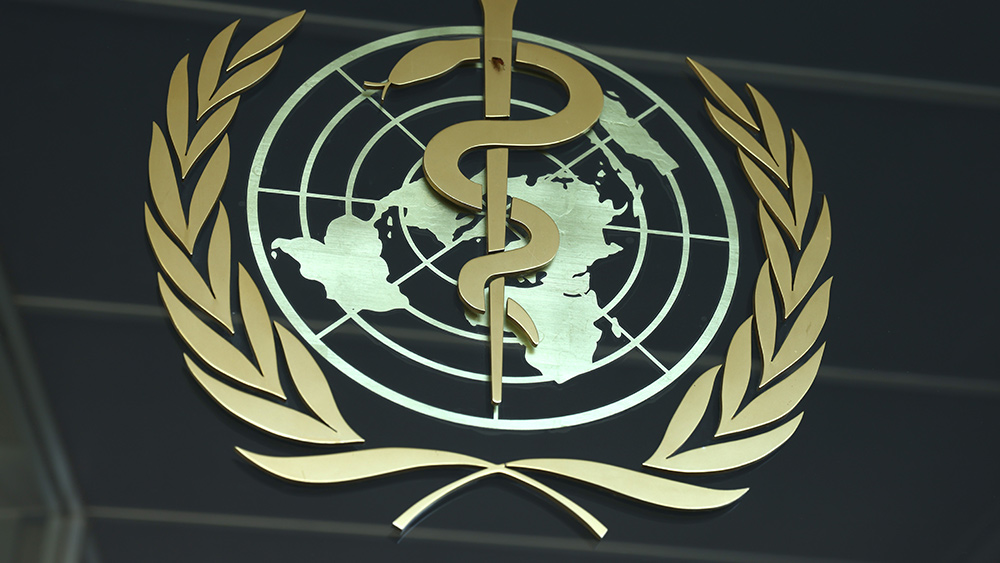Is the Pandemic Over and a V-Shaped Recovery Baked In?
by Charles Hugh Smith, Of Two Minds:

So what do we know with any sort of certainty about the claim that “the pandemic is over”? Very little.
Is the pandemic over in China, Europe, Japan and the U.S./Canada? Is the much-anticipated V-Shaped economic recovery already baked in, i.e. already gathering momentum? The consensus, as reflected by the stock market (soaring), the corporate media and governmental easings of restrictions seems to be “yes” to both questions.
But science is not a consensus-based activity, and so skeptics of consensus are looking to the sciences of epidemiology, virology, etc., and economics for evidence-based answers.
But as scientist and author Michael Crichton explains in this seminal paper he gave at Caltech in 2003, much of what is presented (“sold”) as “hard science” is nothing but guesswork / conjecture and consensus, i.e. reaching a politically appealing conclusion and then conjuring up some junk science to support the conclusion. Aliens Cause Global Warming (by Michael Crichton) (via Michael M.)
The scientific method is pretty straightforward: propose a testable hypothesis and then design an experiment that acts on only one variable: one group in which no action is taken and another in which one action is taken. If the action taken has a recordable effect, then that data must be replicated by other labs performing the same experiment to confirm that there weren’t errors in the protocol, equipment or data collection.
A variation of this protocol is a double-blind study, so-called double blind because neither the subjects/volunteers nor the researchers administering the experiment know which subjects received the active compound and which received a placebo.
In the case of natural systems such as the movements of planets, the method is to propose a model of Nature that can be reduced to mathematical predictions that can be confirmed by observations.
Unfortunately, it’s virtually impossible to run these sorts of experiments on a pandemic or economy. It would be unethical to let the virus run rampant in one city and then control the pandemic with lockdowns in another, or treat one group of patients with a worthless placebo while giving others a potentially life-saving treatment.
Even if such an experiment of two cities could be run, the great number of variables would reduce the certainty of any conclusions.
For example, the exact same variation of the virus would have to be unleashed in both cities, both cities would have to have very similar weather, air quality, ethnic groups, demographic profiles and so on. If any of these weren’t controlled, then they could skew the results, meaning any conclusion based on a single variable could be completely erroneous.
The same can be said of economics, which strictly speaking doesn’t qualify as science because despite its heavy use of arcane equations, it is essentially impossible to reduce an economic setting down to only one variable and then stage a controlled double-blind study.
Much of the “science” being presented about the Covid-19 pandemic and the economy are models, and Crichton subjects the claims and protocols of models to a scathing analysis. It turns out that measuring or even estimating the variables in complex models is impossible, meaning the models are nothing more than guesswork, which is highly susceptible to biases such as confirmation bias: this are the results we want, and by golly, these “estimates” yield the results we wanted.
We’ve already seen models rejected as hopelessly defective, studies of treatments (pro and con) hopelessly compromised, and in multiple ways: sloppy math, sloppy data collection, data that can’t be confirmed, and on and on.
As longtime readers will recall, I began covering the pandemic on January 24, 2020, the day after the Chinese government and WHO confirmed the Wuhan outbreak. I concluded the pandemic was consequential (based on the large-scale Chinese response and satellite imagery suggesting the number of deaths was an order of magnitude higher than what the Chinese officials claimed) and that it had already spread globally due to unrestricted air travel in and out of Wuhan and other cities in China.
I also concluded that the pandemic would have significant impacts on stock markets and economies globally. (Here is my list of pandemic-related posts.)
If we step back and review the data pertaining to the question, is the pandemic over in the developed-world nations?, we find a mass of data of questionable value, for the basic reason that there are too many uncontrolled variables in every data set, too much guesswork in the models, and essentially zero experiments controlled for the number of variables and bias that meet rigorous standards for protocols and data collection.
Another Achilles Heel of the pandemic data is the small sample size of many of the studies. Since everyone is in a rush to reach actionable conclusions, many groups are working with small sample sizes–often just a few dozen people. Careful observations of small sample sizes–for example, the study I posted on the occupants of a single bus in China carrying one asymptomatic passenger, and carefully identifying who else on the bus caught the virus–can be useful, because the bus was in effect a controlled experiment with relatively few variables.
But as those of you who study Phase I and Phase II drug trial data know, small sample sizes, even in double-blind studies, are notoriously unreliable. A new drug may seem to have a measurable effect on a significant percentage of a control group of 35 subjects, but subsequent larger trials reveal that the effect was actually statistical noise.
So what do we know with any sort of certainty about the claim that “the pandemic is over”? Very little. And there are still important open questions about the effects of the Covid-19 virus on younger, healthy people: though the virus kills relatively few people under the age of 50, some significant percentage of younger, healthy people suffer long-term organ damage, possibly as a result of the blood clotting the virus appears to trigger in roughly 3% of younger, healthy people who come down with severe cases.
These people didn’t die, and so they drop off the statistical count everyone is following as the key statistic. But the after-effects of the disease are long-term and serious, and deserve careful study.



